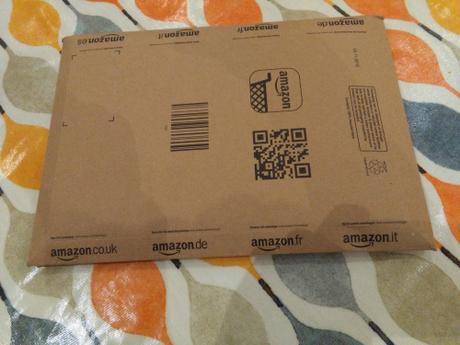Streamlined, friction-free, hassle-free, speedy, smooth.
The list could go on – what I hope these adjectives capture is how, in some elements of retail, there is an increasing focus on making the process of purchasing and acquisition simpler and quicker. Amazon is the prime example of this (inevitable pun), with various initiatives coming in thick and fast. There is Amazon Echo, through which you can place orders for music and Prime-eligible physical products; and then there are the new shops, Amazon Go, where customers can walk in, put what they want from the shelves straight into their bags and then walk out again.
Now I must confess that neither of these options has particular appeal. However, I have been tempted by the simplest of all the Amazon efficiency offers: Prime delivery. As a household, we accidentally signed up for a month’s subscription, and in the interests of research, I ordered and successfully received a same-day order, with an eight hour gap between putting in my request and tearing open the package. It was probably the quickest way to get these books. I would have otherwise been obliged to go into a big bookshop in London to be sure of finding them, but it all felt rather anti-climactic in the end. Drone delivery will be more exciting.

But what about the idea of going slow? Yes, I will acknowledge that this is getting attention in its own right, but in a way that is all aspirational and fetishised – think slow food, slow living, mindfulness, hygge etc. But what about slow as a practical approach to life?
Communication, like shopping, has all got much easier, in particular thanks to smart phones, which means we can pick up calls, texts and emails, whenever and wherever. I would like to share with you a recent example of a surprisingly simple but highly effective way to slow down communications. This example came from a colleague who is the head of an important public institution, and thus on the receiving end for complaints and concerns from users. As most of us will have no doubt experienced, it is all too easy to get bogged down in a long and ever expanding spiralling email thread. Here is what this CEO did: in response to a ‘difficult’ email, they sent a letter back. Why it was so successful?
It stopped the discussion at once: no one could be bothered to write a letter back and it seems rather odd to reply to a letter with an email.
It stopped any forwarding and copying in additional individuals, as is very easy to do with emails, thus ensuring that the discussion could be tightly controlled/managed, in a perfectly acceptable way.
And finally, and this is the sweetest part, the recipient was happy and no longer aggrieved. Who could fail to be pleased with a letter which is on nice, thick, headed note paper and which shows that the original comments have been reviewed and reflected upon, and have prompted a carefully considered response?
Now the challenge is to think about how this tactic can be deployed equally effectively in other contexts. Not sure it would work as a means of dealing with edits to Powerpoint decks – shame!
